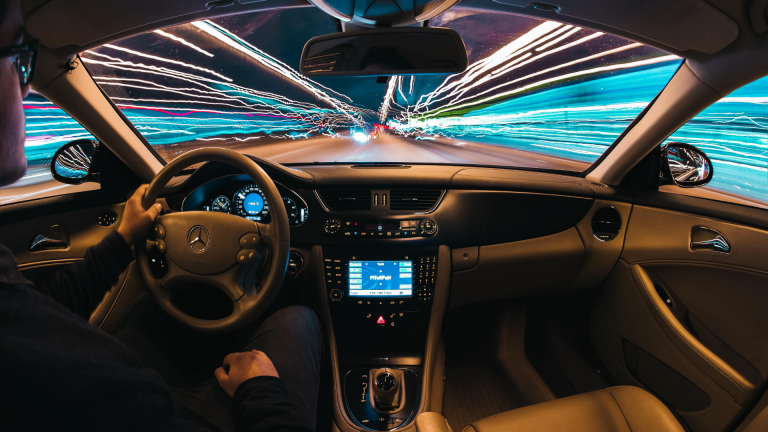The future of voice-enabled services
We already know that the adoption of voice assistants is fairly new and growing rapidly. According to the Smart Audio study, 35% of the people they surveyed had been using a voice-operated assistant for one year or less and the majority of users are fairly new to the technology.
Here’s the breakdown of how long people have been using voice assistants, according to the study:
- 1-3 years 39%
- 3-5 years 18%
- 5 years or more 8%
While studies and research can confirm what we already know, or at least suspect, understanding the why is a little harder. Voice, speech, and language, are the things that make us uniquely human. It’s how we express ourselves and how we connect with others.
In the best science fiction movies, people break down the barriers between humans and machines, interacting and getting information as easily as they talk to each other. Until fairly recently, the technology didn’t exist, or at least it wasn’t developed enough, to make that level of communication possible. Now that advanced voice technology is here, people are embracing it and glorifying the humanness of it in movies like, “Her.”
The development of sophisticated programs, artificial intelligence, and machine learning combined with hardware components such as microphones, batteries, and speakers have made voice user interfaces not only possible, but accessible and easy to use. Bringing voice AI into the home through smart speakers and smartphones has made voice assistants a part of our everyday lives.
Both studies—Juniper Research and The Smart Audio Report—confirm that consumers are ready to interact with the world around then through voice interfaces. Now, manufacturers and brands hoping to capture their audiences and deliver better user experiences are joining the voice-first movement and finding ways to monetize voice experiences.
According to Juniper Research, there are a few key industries where voice assistants are currently making inroads and helping brands optimize their services:
- Banks and other financial services
- Insurance companies
- Retail and voice commerce
- Education
- Healthcare
- Voice search and advertising









